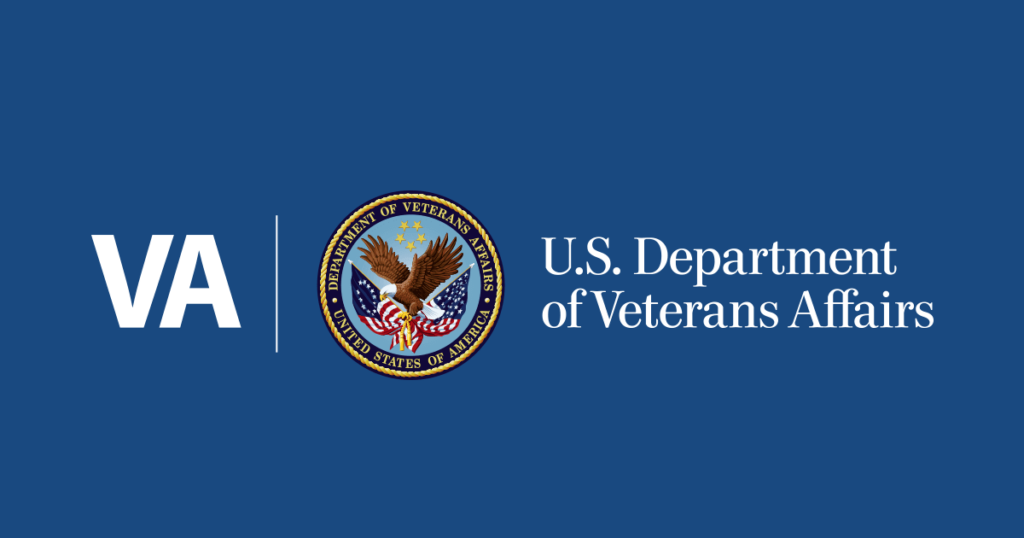
Seeing how successful and impactful my work with the Music & Memory program was at Lincoln Glen Nursing Center (LGNC), I was inspired to restart the Music & Memory program at other senior citizen care centers. I reached out to several facilities and got a positive response from the US Department of Veterans Affairs, Menlo Park (the VA).
After completing extensive paperwork and testing (TB test), I was finally allowed to volunteer at the VA, Menlo Park. From the very first day of my work at the VA, I immediately noticed the differences between LGNC and the VA. Because the VA was a government facility, their Music & Memory equipment was much more high quality and better maintained. I was able to immediately get started working with the veterans and creating Music & Memory iPod playlists for them. Just like I had done at the VA, I talked to each veteran about their past to gauge what songs to add to their playlists and played their playlist for them every Saturday morning.
As I built connections with the veterans, I realized that most veterans faced very different neurodegenerative disorders than the residents at LGNC did. PTSD, schizophrenia, and Parkinson’s disease, coupled with additional physical illnesses, were commonplace among the veterans at the VA. Although the iPod playlists I created for the veterans helped with their illnesses, my supervisor suggested that we also approach their care through various forms of recreational therapy. Recreational therapy is a systemic process that uses recreation and activity-based interventions to address an individual’s illnesses, as a way to psychological and physical health, recovery, and well-being.
Thus, I started working with the veterans on a more one-on-one basis, personalizing activities to suit each veteran’s individuals needs and illnesses. For example, one veteran I worked with, Harry (I am using a pseudonym for privacy reasons) suffered from Parkinson’s disease, so I researched recreational therapy measures to assist with his Parkinson’s disease and came across music therapy and art therapy as particularly effective. My supervisor and I decided that, along with the music therapy through the Music & Memory iPod playlists, we would work with Harry on art therapy, such as coloring and sketching. Each week, I would visit Harry with new sets of coloring worksheets, and initially Harry was very reluctant to participate. However, I helped him quite a bit and slowly, we worked on sections of coloring worksheets each week. When I started working with Harry, he could not even color for 5 minutes without getting tired. However, as I tracked Harry’s progress from week to week and month to month, it became evident that he was making small strides towards improvement: his fine motor control was becoming better, and he was able to hold color pencils and markers for almost 15 minutes without his fingers getting tired. Similarly, with another veteran suffering from schizophrenia, I read his favorite books to him (“The House on Mango Street” and “Chicken Soup for the Soul”) to calm his thoughts and center him in reality. To read more stories of individual veterans I worked with at the VA, read John: A VA Highlight Story.
Regardless of how minute or subtle the results from the Music & Memory program and recreational therapy were on the veterans, the results were present. Seeing the instant gratification on the residents’ faces as I worked with them week after week, through music therapy and various recreational therapy activities, ensured me, that the work I was doing was meaningful and that I was positively contributing to the quality of life that the veterans had at the US Department of Veterans Affairs, Menlo Park.
